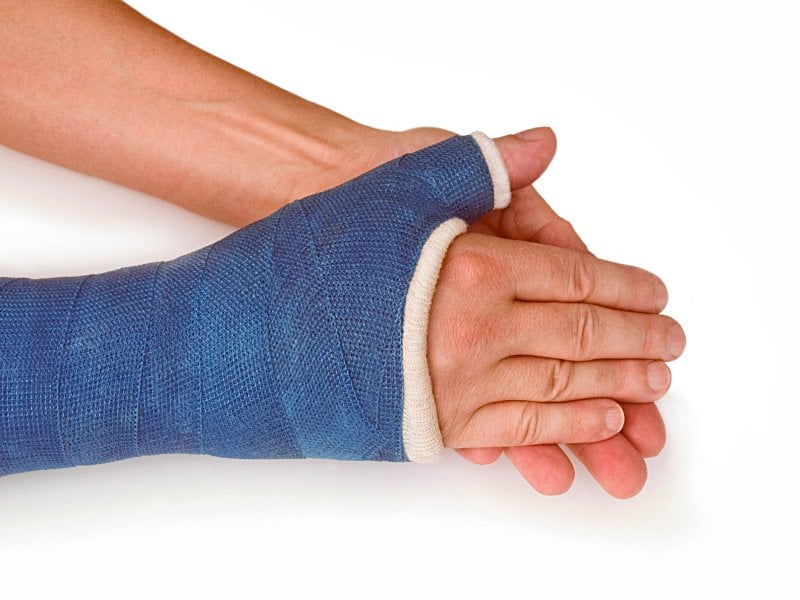
Fixation using metal Kirschner wires (K-wires) offers no advantage over traditional moulded plaster casts in improving wrist function and pain in patients with distal radius fractures.
In the DRAFFT2 RCT conducted across 36 hospitals in the UK, 500 individuals (mean age 60.1 years; 83% female) with a dorsally displaced distal radius fracture were randomly assigned to receive either manipulation and moulded plaster cast (n=255) or manipulation and surgical fixation with K-wires (n=245).
The primary outcome was pain and wrist function at 12 months assessed using the Patient Rated Wrist Evaluation (PRWE) score.
Both groups demonstrated improvement in their PRWE score at 12 months from injury, but were unable to achieve their pre-injury level of wrist function.
At 12 months, there was no significant difference in the PRWE score between the cast group and the K-wire group (adjusted mean difference -0.34; 95% CI -4.33 to 3.66; P=0.87).
Thirty-three (13%) patients in the cast group required surgical fixation for loss of fracture reduction in the first 6 weeks, whereas only 1 (0.4%) patient in the K-wire group required revision surgery (OR 0.02, 95% CI 0.001 to 0.10; P<0.001).
Cast treatment avoids the expense and risks of surgical fixation for 7 out of 8 patients.
However, careful follow-up is needed as 1 in 8 patients treated with a cast required subsequent surgical intervention as the fracture reduction could not be maintained.”.